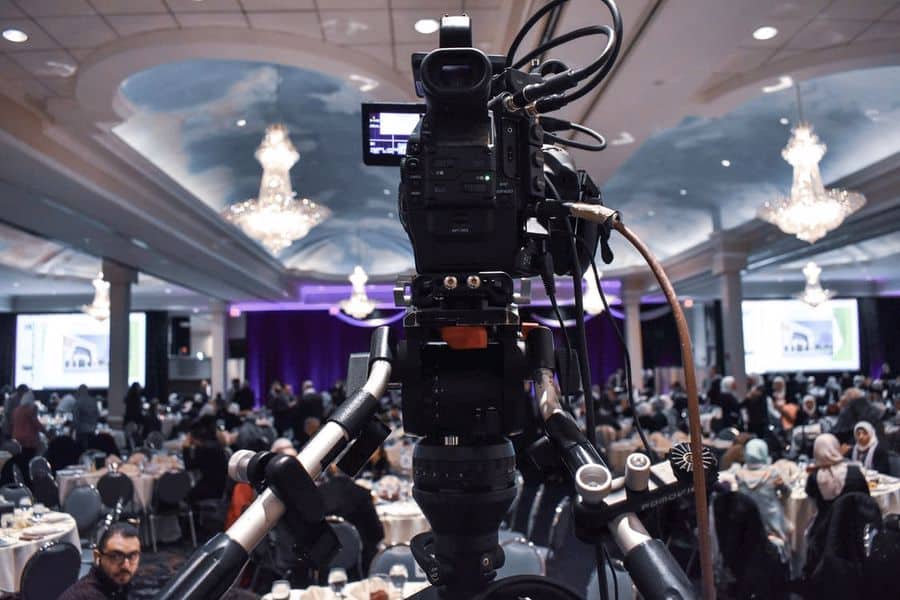
One of the key benefits of using VR reality in blended events is the capability to create a shared space for all attendees. In a traditional format, in-person participants might have access to specific activities or experiences that virtual participants cannot experience. However, with VR, everyone can explore the same virtual space, no matter of their location. This innovation allows for engaging presentations, online networking opportunities, and even game-like experiences that can engage viewers. As a consequence, attendees feel more included and connected, leading to a richer overall encounter.
Moreover, virtual technology can help overcome barriers that often occur in blended events. For example, remote participants may feel disconnected or removed from the main event. By integrating VR, planners can create a sense of involvement that makes virtual attendees feel as if they are part of the event. This can be realized through features like digital avatars, which allow attendees to interact with one another in real-time. Such connections can encourage collaboration and connecting, making it simpler for individuals to connect and exchange ideas, regardless of their geographical location.
In addition to enhancing involvement, the use of VR technology in blended gatherings can also provide important insights and information for planners. By tracking attendee engagements and behaviors within the digital environment, event planners can gather information on what aspects of the event were most engaging. This data can be used to improve upcoming gatherings, ensuring that they meet the requirements and wants of participants. Understanding how participants interact with both the virtual and in-person components more can lead to more effective event strategies and improved overall experiences.
Finally, the combination of virtual reality and in-person engagements in hybrid events represents a significant shift in how we conduct meetings and conventions. As innovation continues to advance, the capability for creating engaging and dynamic encounters will only grow. By adopting this innovative model, gathering organizers can revolutionize the way people connect, educate, and work together. The prospects of blended events is bright, and the seamless combination of VR technology will play a crucial part in shaping that prospect.